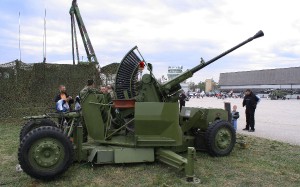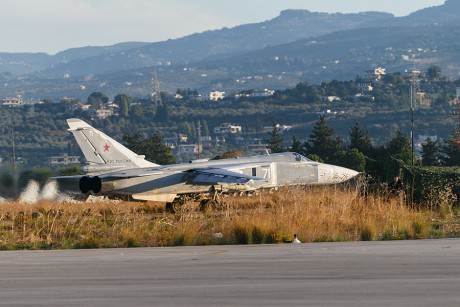Montenegrine air component
On the June 5th, 2017, MONTENEGRO has become 29th country of the NATO, by submitting their accession documents to the US Department of State. By entering NATO structure, a process of reorganization has begun in MONTENEGRO´s armed forces.
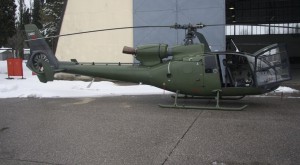
This year, MONTENEGRO has begun selection process for acquisition of two new medium multi-purpose helicopters. Together with nine remaining Gazelle helicopters, they will form mixed flight (Mjesovita eskadrila) – the only component of MONTENEGRO´s air component (Vazduhoplovstvo Vojske Crne Gore - VVCG). The requirement laid upon the air component is defined by “Long term plan of development of defense”, approved by MONTENEGRO´s government on 18th February 2016. According to this document, the protection of MONTENEGRO´s airspace should be provided by airforces of NATO´s countries in accordance with NATINAMDS. The agreement for employing air policing component on MONTENEGRO´s soil will be signed between 2019-2021. On the domestic level, VVCG operates the center of command and early warning (VOC), which is included into ASDE program – Air Situation Data Exchange. Initially, the operation of VOC is based on data exchange with CROATIA, however, further extension of capabilities is expected, once MONTENEGRO is included into NATINAMDS. Currently, MONTENEGRO can rely only on radar data from SMATSA – SERBIAN- MONTENEGRO joint agency for air traffic control, based in BELGRADE. However, it is planned to buy one military stationary radar, which will be stationed on the VRSUTA, above coastal town of BAR. Until it is acquired, its role will be fulfilled by one civil radar SMATSA, which will transfer radar data to the VOC.
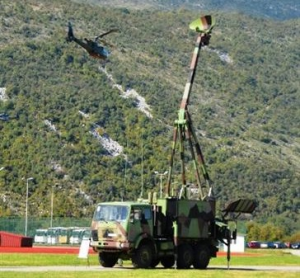
Anti aircraft systems available to the VVCG will only consist of one team operating anti-aircraft canons Bofors L/70 ( 40 mm) with OAR-M85 Giraffe radar. The task of this team is to protect important infrastructure (airports, governmental institutions, military command posts and communication centers) before enemy attacks from low altitude (3000 m). Budget for modernization and repairs has been allocated and it is planned to acquire new short range anti-aircraft rocket system.
The helicopter component of VVCG currently consists of 13 SA341H and SA342L helicopters. Eight of them are in basic configuration (liaison, transport of troops and cargo, training), one represents “HERA” reconnaissance model and four “GAMA” attack configuration armed with 9M14 “MALYUTKA” missiles. However, only six helicopters of basic configuration remain in active duty and they have underwent C2 level overhaul (prolonging their service life for 4000 hours or 12 years). It is also planned to overhaul and modernize HERA and GAMA versions. By 2020, armed helicopters should get new navigation and communication equipment and weapon system. On the contrary, after acquisition of two new medium multi-purpose helicopters, VVCG plans to sell four GAZELLES.
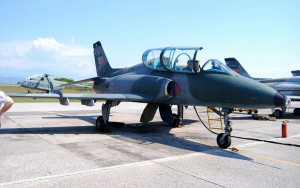
Mixed flight is expected to transport small tactical unit during one mission, equipment or two tons of hardware, execute MEDEVAC of three people, maintain SAR service with one medium helicopter and two GAZELLES., fire extinguishing with one helicopter assigned and direct fire support with two GAMMAS. It is planned to allow 120 flight hours for single pilot a year. VVCG has been selling its equipment for a long time. According to the decision of MONTENEGRO´s government from 25th February 2016, it was agreed to sell four G-4 Super Galeb light-attack and training jets, together with spare parts, 18 Viper jet engines, flying simulator and 3 UTVA-75 training aircraft. It is planned to sell its last Mi-8 helicopter. When MONTENEGRO gained independence in 2006, it had 17 G-4 Super Galebs, 5 Mi-8 helicopters, 15 GAZELLE helicopters and 4 UTVA-75. In the following period, two GAZELLES and one UTVA-75 were lost in crashes, six G-4 Super Galebs sold to SERBIA, seven G G-4 Super Galebs sold to Croatian private company ZPZ and four Mi-8 helicopters sold to Kyrgyzstan.

Having only around 670 000 citizens, MONTENEGRO is small country. Its armed forces will not be able to counter any significant military unrest, should one emerge. Thus, joining NATO was the only option. As with many other smaller countries joining NATO, proficiency of its armed forces started to decline, while relying heavily on presence of contingents from NATO´s stronger members. Selling of its small air fleet and lack of modern air defense stripped MONTENEGRO of any chance to influence its airspace protection long before joining NATO. Currently, it is not known if MONTENEGRO has committed itself to fulfill the obligatory 2% of GDP investment into armed forces. However, if it manages to do so, it will benefit from strong protection of other NATO members.
